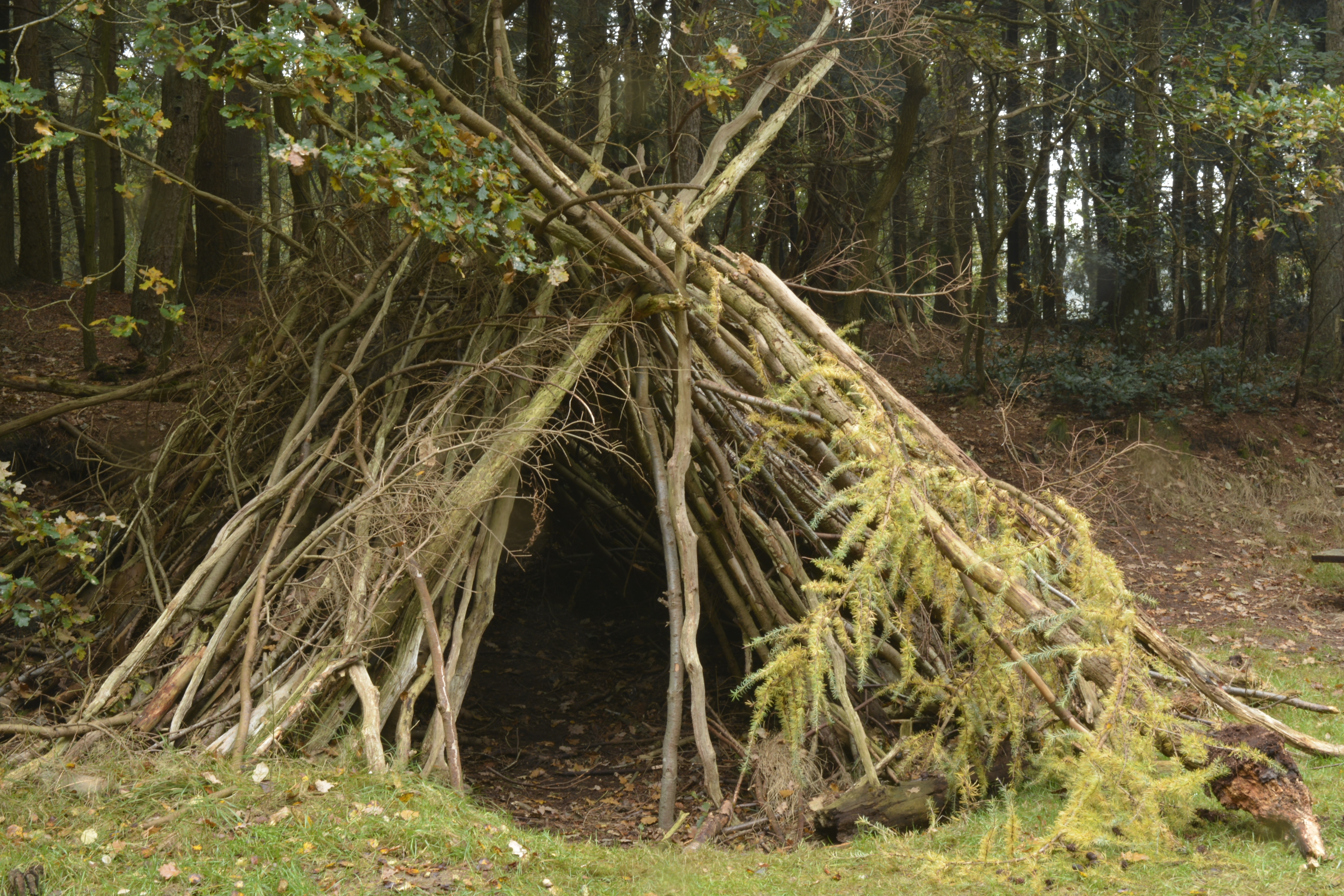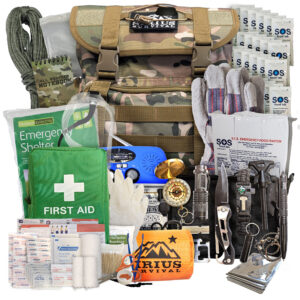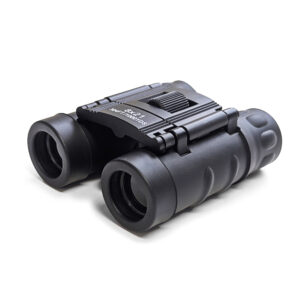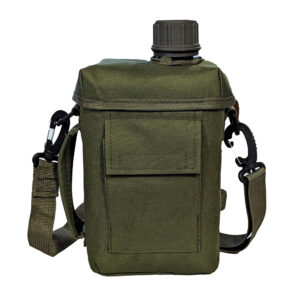If you are new to survival then you are probably still perfecting your wilderness skills. If you are a veteran you may think you have these skills down to a science. There are seven major survival skills that are necessary to learn and perfect in order to be a true survivalist.
Below we will discuss the top wilderness skills and demonstrate the importance of each of them. By the end of this article you’ll be a pro. Although there are numerous skills could have, the following are the most essential. They will literally help you survive.
1. Find & Purify Water
If you have read our rule of 3 article then you know that you can only survive 3 days without water. This is why it’s absolutely imperative to be able to find a water source. In addition to finding it you’ll need to be able to purify, or filter, it. Drinking impure water can be dangerous. It can even be deadly. You have probably heard that the human body is made up of 60% water. We need constant hydration in order to function. There are so many parts of the body that need water in order to function properly.
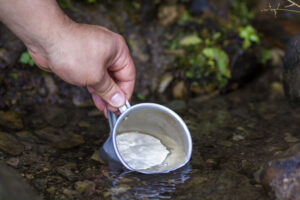
Water protects our joints, ligaments, and muscles. It also lubricates them. Feeling stiff and achy? You might be dehydrated. Water also makes up a large portion of our blood. In order to carry oxygen and nutrients through the body we need water. Our brain also needs water in order to function properly.
You might know that when you first become dehydrated you feel thirsty. Dry mouth is often one of the first signs of dehydration. If this symptom of dehydration is ignored, as it often is, we typically experience a headache as a secondary symptom. Other signs of dehydration are lethargy, nausea, dizziness, tingling, rapid heart rate, lack of urine output, hallucinations and even death.
Finding Water
Now that we know the importance of water how on earth do we find it? Let’s start with the obvious. Lakes, rivers, streams, etc. can be an obvious source of water. If you can hear running water then you should follow the sound. If not, try to find a low point as water flows downwards. You can also observe any water on the ground. Watch where it is trickling to.
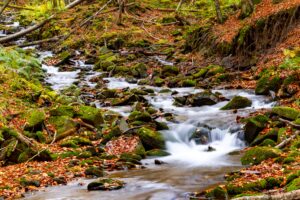
Animal tracks may help you find a body of water as well. Like humans, animals need water to survive. Following tracks may lead you to a body of water.
If you are unable to find a water source you will still need to hydrate. You can collect rainwater as an alternate method. If you have some sort of collection container, such as a pot or a bucket, set this out during a rainstorm to collect the drops. If you do not have a container already you can make one using leaves and other plant life. You can also use a tarp, if available, to create a water trap of sorts. Elevate the four corners and place a heavy object, preferably a rock, in the middle in order to ensure the collection of the rainwater.
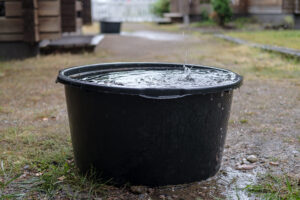
Hopefully one of these two methods will work. Even if they don’t you still have a chance. There is another way to collect water. You can dig an underground still. You can also try to rely on vegetation. Many edible plants contain water as well. Fruits, vegetables, cacti, and roots are some examples of plants that contain water. If you are able to find these then you will be consuming water when eating them. You can also smash them into a pulp and consume them that way.
Filtering Water
So now you’ve found water. You can’t drink it though! You’ll first need to filter it. Drinking unfiltered water can lead to some pretty nasty side effects. It can even lead to death. It is extremely important to be sure you are drinking clean water.

One of the most effective ways to be sure your water is clean is to purchase and carry a water filter straw. If you are unable to afford one of these, or you find yourself without one, then you will have to filter the water using another method. The most effective, and the easiest, way to purify your water is to boil it. This ensures both visible and microscopic particles are purified. You can also attempt to filter your water with rocks. I would only recommend this as a last resort. This method does not guarantee that microscopic organisms are also being filtered out.
2. Creating Shelter
Again, if you’ve read or know about the rule of 3 then you know that creating a shelter is high on our list of essentials. You can only survive three hours without shelter. When talking about this statistic we are discussing being exposed to the elements. If it’s a 70 degree day and sunny then you’ll obviously be safe for a longer period of time. If you’re exposed to any type of extreme temperature or weather is when it gets dangerous. Being able to build or create a shelter is imperative for survival.
Bushcraft
Depending on where you are there will be different methods for building a shelter. Know the basics for multiple scenarios. If you’re in a jungle or a forest you’ll probably need the knowledge of how to build a bushcraft shelter. Bushcraft is essentially just a shelter created from natural materials. Learn more about the specifics on our bushcraft technique article. Knowing how to create a secure location from materials around you can be an extremely important skill. If you don’t have necessary materials, such as a tarp or paracord, then you might find yourself struggling to make a shelter. Being able to use natural items around you is definitely a survival technique you should be familiar with.
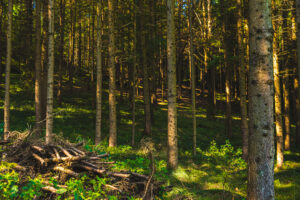
There are many types of bushcraft shelters but you don’t need to know all of them. As long as you know a few techniques you should be good. Various strategies are used depending on the environment you are in and what you have access to. For example, if you find yourself in a wet or swampy area you will probably want to build a swamp bed. This is essentially a shelter that is raised off of the ground in order to protect you from any water. On the other hand, an A-frame is an extremely common technique and can be created just about any where with any thing.

Trench
You may not find yourself in a forest or jungle. Maybe you’re lost in the desert. Although you may think that this is unlikely it’s definitely better to have more knowledge about wilderness skills than not enough. Building a shelter in the desert is a unique skill. You will have to take temperature and sun access into consideration. Obviously you’ll want to stay out of the sun as much as possible. The most effective, and most common, shelter technique in a desert situation is the trench. In order to survive extreme heat you will want to dig a hole in the ground. In fact, this is how the majority of animals survive in the desert. This will not only help you stay cool but it will keep you out of direct sunlight. You will need to find a way to cover the top of the trench. Having a tarp or an article of clothing will work. If you do not have any materials you will need to try to find a natural materials in your surrounding area. For more specifics on building a trench you can check out our article for more exact details.
3. Starting a Fire
Ideally you will have a fire starter or a lighter with you. Unfortunately we do not live in a perfect world and you may very well find yourself in the wilderness without either of these tools. In order to survive you will need to know how to start a fire. A fire is a necessity because not only does it give us heat but it gives us light as well. In addition, it can help with filtering water and cooking food. The ability to create a fire is an essential wilderness technique and will aid in your survival.

If you do happen to have a fire starter, especially one that is durable and able to work in all weather conditions (like this one), then you’re just minutes away from starting a fire. If you don’t have one of these handy tools then you’ll need to know an alternative method of starting a fire.
Natural Materials
You can start a fire with the bare minimum. First you’ll need to clear a small space and collect a relatively small pile of small sticks called kindling. Top your kindling with dried leaves and/or grass. In order to create a spark you’ll need to find a stick that is a bit larger and sturdier and a relatively flat piece of wood or bark. Use a knife or other sharp object to carve a V-shaped notch into the top of the flat piece of wood. Place tiny pieces of bark into the notch. Next, take your other stick and place it in the notch so it is standing up vertically. Use the palms of your hands to spin the stick back and forth in the notch and gently apply pressure to push it down. You may need to do this for awhile before a spark is created. Once there is a spark you’ll transfer the tinder to your pile of dried leaves and kindling in order for it to catch.
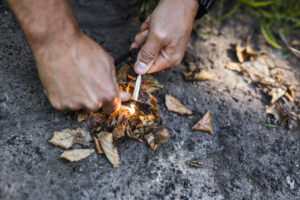
This is not a simple method and can take an extremely long time to work. This is definitely a skill that should be practiced before needing it.
4. Signaling for Help
Even if you’re equipped with all the above strategies you’ll need to know how to signal for help. Just because you can build a shelter and can start a fire does not mean that you’ll survive forever. Eventually you’re going to want to be rescued and brought to safety. This is why it’s important to be able to signal. Being able to signal for help will help guide others to your location so you can be safely rescued.
Whistle
A human yell can only be heard so far. A survival whistle can be heard a lot farther. It’s a good idea to keep one of these handy. You may also want to try whistling with your lips. Again, the most effective way to produce a loud sound is with a whistle made for these types of situations.
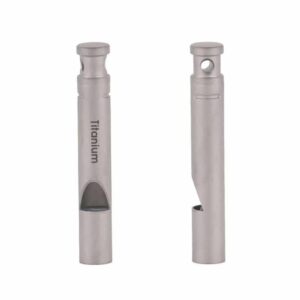
Smoke
Smoke can be another way to signal for help. If you are in fact lost and needing help then using a smoke signal can be a very effective method. Smoke can be seen for miles and miles. This is why it is important to be able to build a fire. There are some materials that produce more smoke when burned than others. You’ll want to try various items on your fire to see which produces the most smoke. The more smoke the better and more likely it is someone else will notice it. If you are planning on using a smoke signal then you should be mindful of where you are building the fire. You may also want to build more than one fire. Sometimes the smoke from one single fire will not be enough to get someone’s attention. Try building numerous fires for more exposure.
To ensure that your signal is noticed by others you can use more than one method at a time.

5. First Aid Training
Having at least some medical knowledge is extremely important. Do you have to have a career in the medical field in order to survive in the wilderness? Absolutely not. You do need to be able to take care of some basic medical scenarios though. You should, at the very least, have some first aid training.
First Aid Kit
If you are planning a venture in the wild you should always have a first aid kit with you. In addition, you should be able to utilize the items in your kit in various ways. To ensure that you have all the necessary tools in your kit you can purchase one. However, you can also create your own. Some examples of items you should carry in your pack are band-aids, gauze, tweezers, and antibiotic ointment. You won’t be able to prepare for every situation but you should have some basic knowledge about common medical needs.

You may want to learn how to create a sling. In addition, learn how to apply a tourniquet. I hope you never find yourself in a situation where you would need to use either of these skills but it’s always a good idea to have some basic medical knowledge if you plan on being a survivalist.
First aid knowledge can absolutely be the difference between life and death. You should be comfortable with the proper procedures if someone hits their head, becomes unconscious, or stops breathing. You should know how to properly do chest compressions and CPR. Again, hopefully you will never have to utilize these skills but not having the knowledge can prove to be deadly.
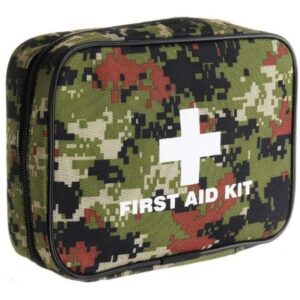
6. Acquiring Food
If you happen to find yourself in the wilderness for an extended period of time you’ll definitely need to be able to acquire food. Depending on where you are you may be able to eat plant life around you. It’s important to do your research before heading out.
Foraging
Sometimes it can be safe to ingest plants. However, you can’t just go around picking berries off branches and popping them in your mouth. You’ll need to know which food is safe to eat and which can be dangerous. Before heading out on any type of adventure you should have knowledge of the surrounding plant life. Knowing which plants are safe to eat and which are poisonous is important for obvious reasons. There are also numerous plants that can be healing in a medical scenario. Did you know that the weed Amaranth is edible? It may not look appetizing but in a pinch it can provide nutrients. Dandelions are another common weed, found in numerous places, that can be eaten.

You should also have knowledge of what plants to stay away from. As a rule of thumb you shouldn’t ingest anything with thorns or spiked thistles. Another good rule of thumb is to avoid plants that give off an almond scent. If you are unsure – skip it!
Meat
Depending on how long you find yourself in the wilderness you may need to find a more reliable and stable food source. Meat is the best option if you need to keep up your caloric input. Expending energy can quickly be draining and it’s important to replenish those much needed nutrients.
You should know that if you find a dead animal that you should never eat it. You can never truly know what caused the animal to expire so eating its meat can be extremely dangerous and even deadly. If you can’t eat animals that are already dead then that means you must capture your prey. There are numerous ways to capture an animal in order to eat it. You can make a trap, you can create a spear and use it to immobilize the animal, and you can even attempt to use your hands to capture it. Depending on the type of animal you should choose the correct method. For example, if you are fishing it may be easiest to create a spear or a trap. For potentially dangerous animals, such as snakes, you will want to use a spear so you do not have to get too close to it.
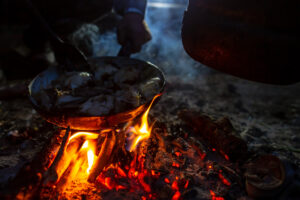
Once you have obtained your meat you’ll need to properly cook it. Cooking it will help get rid of any parasites, pathogens, or bacteria that may be present. Always be sure to thoroughly cook your meat before ingesting. No matter what you eat it probably won’t be super enjoyable so better to overcook than under cook. Obviously you’ll need a fire to cook your meat – so it’s a good thing you’ve already learned how to build one!
Now that you know the six most important wilderness techniques you’ll need to practice. It’s not enough to just know what they are, you need to know how to implement them as well. This will take practice. In order to truly survive in a situation you’ll need to be well prepared. So head out there and get practicing!
